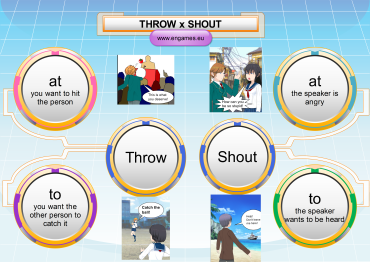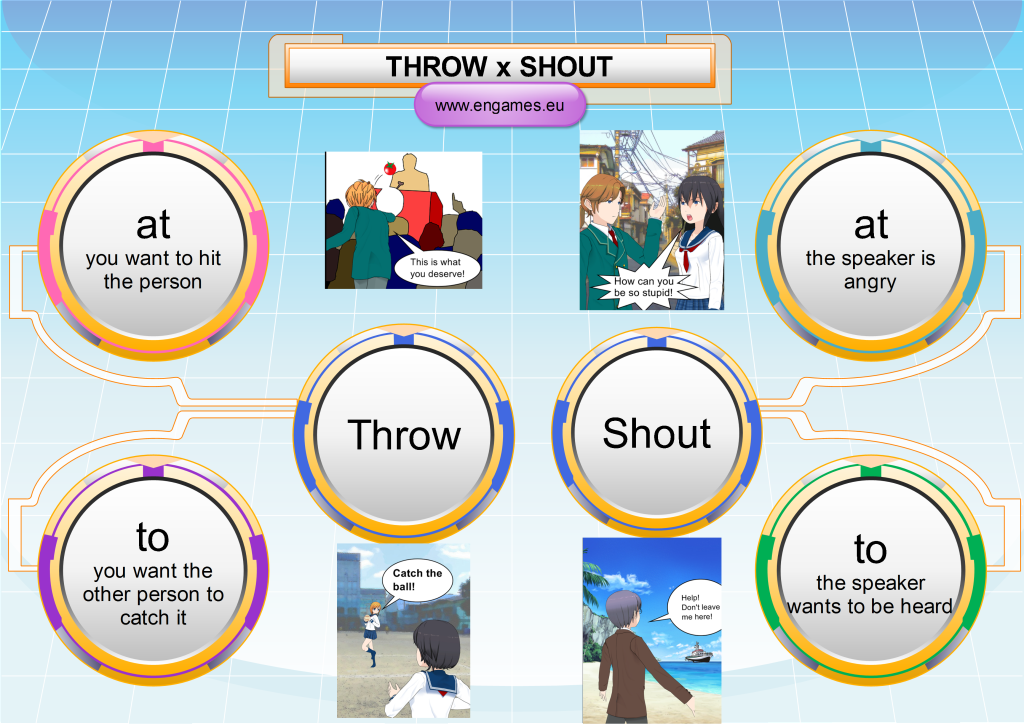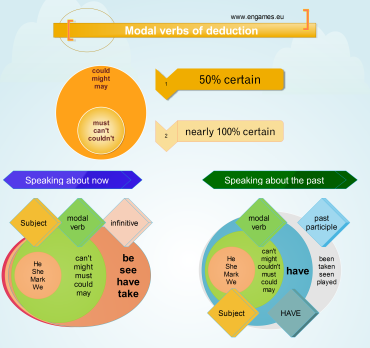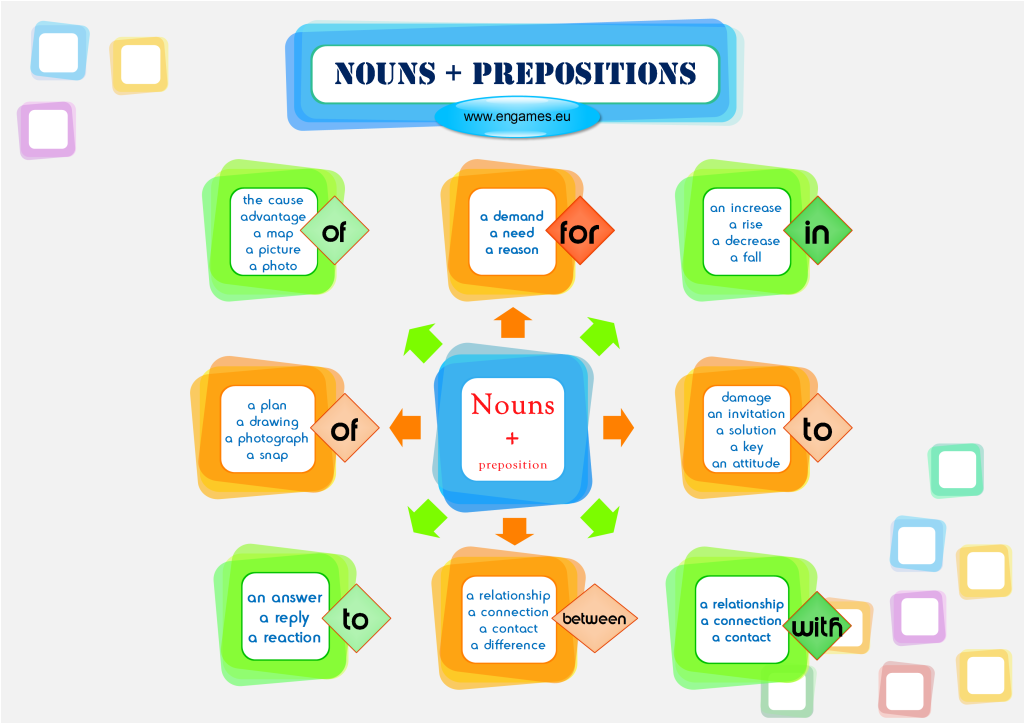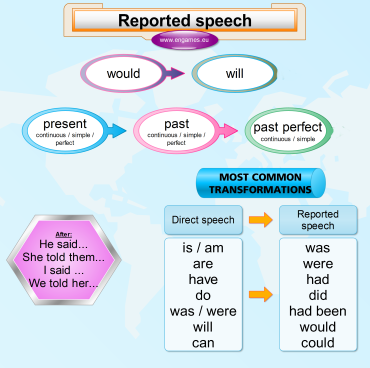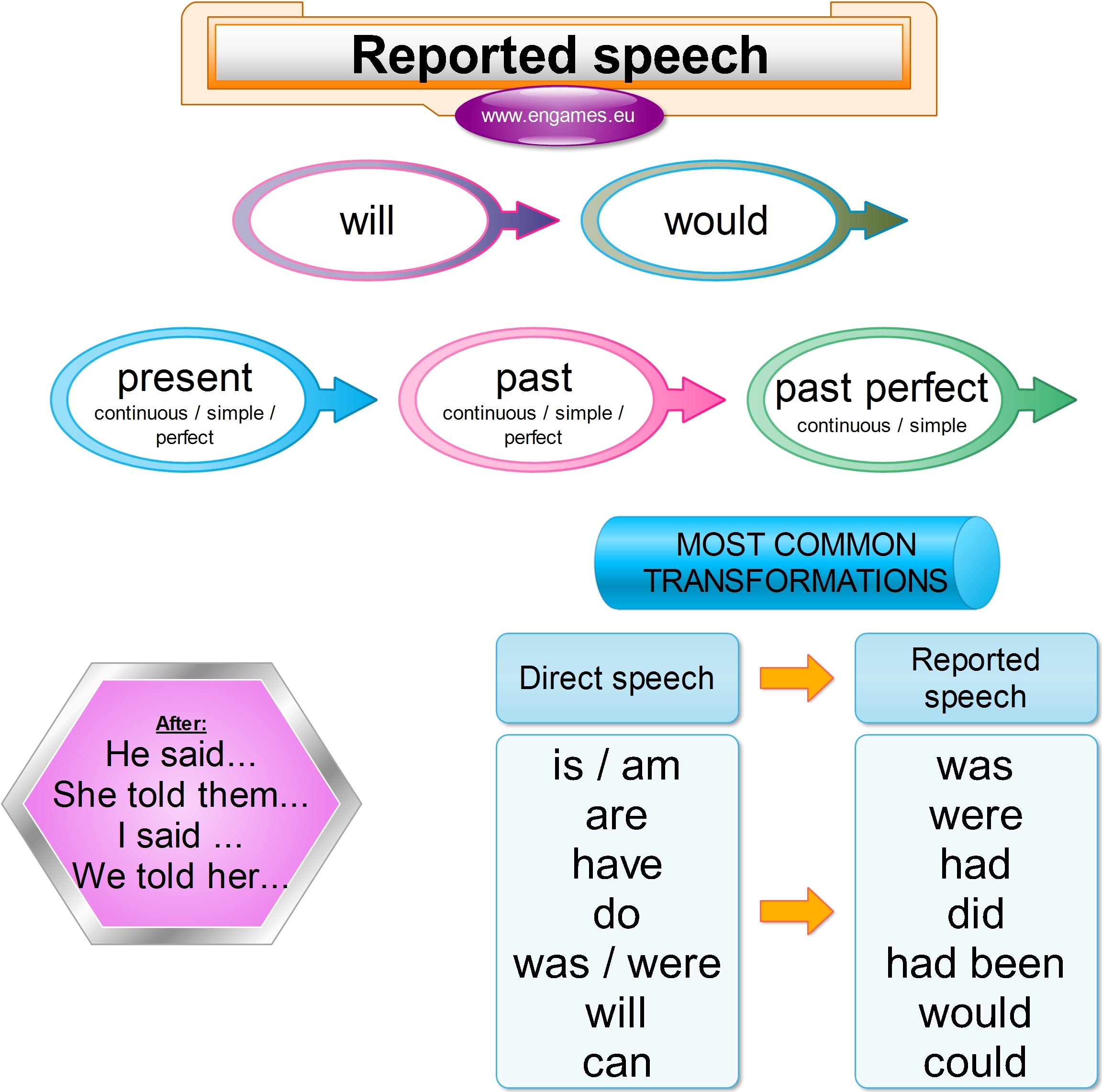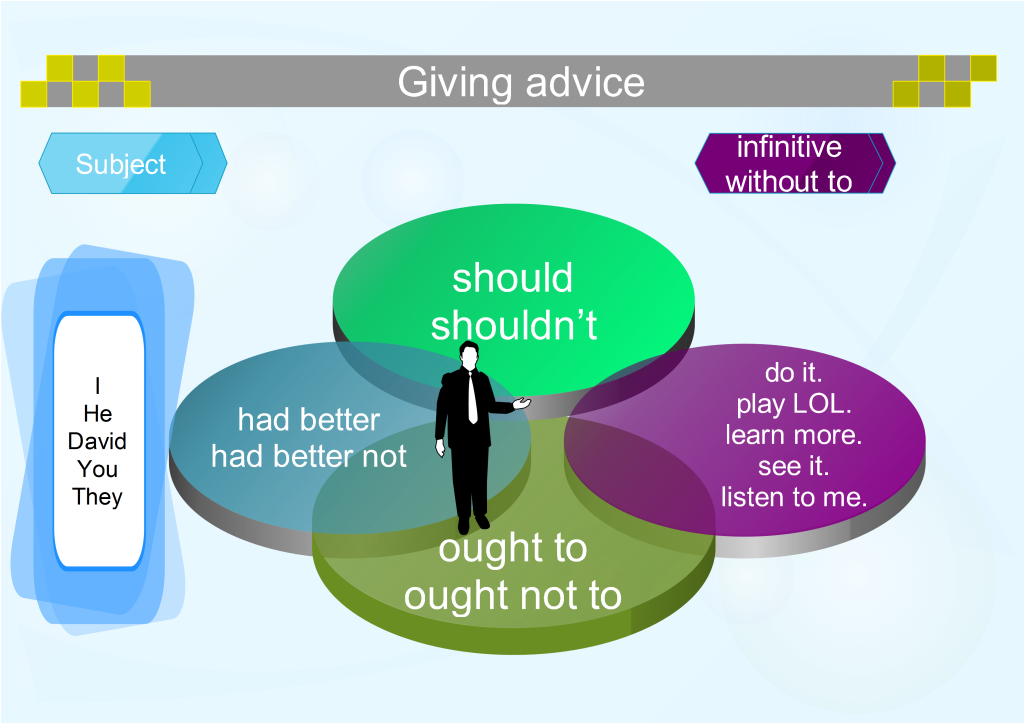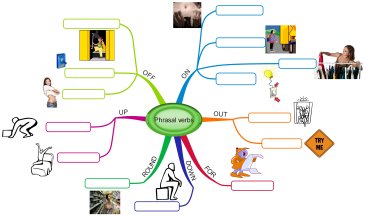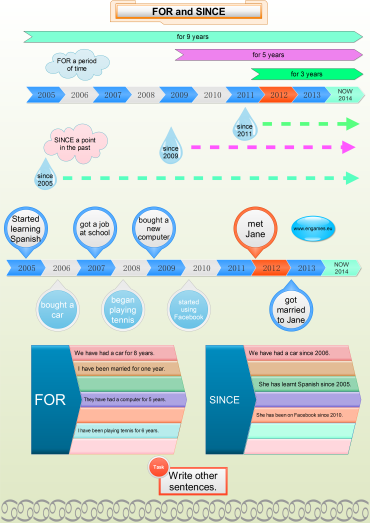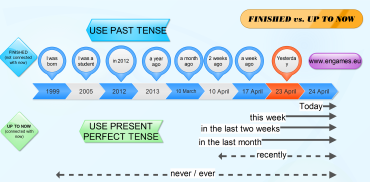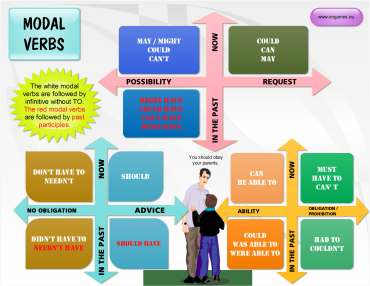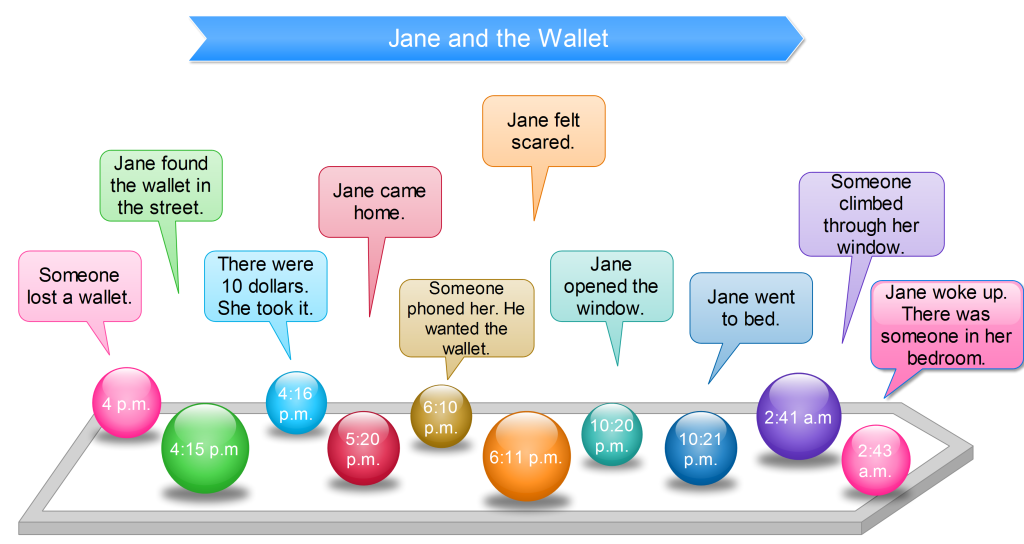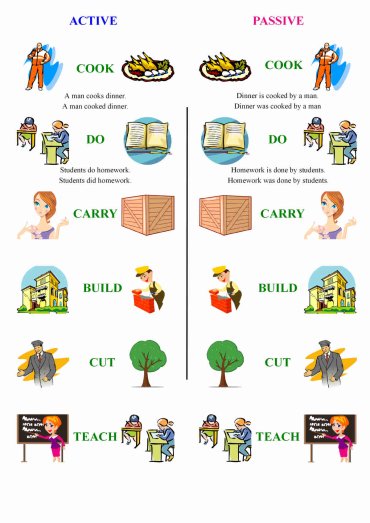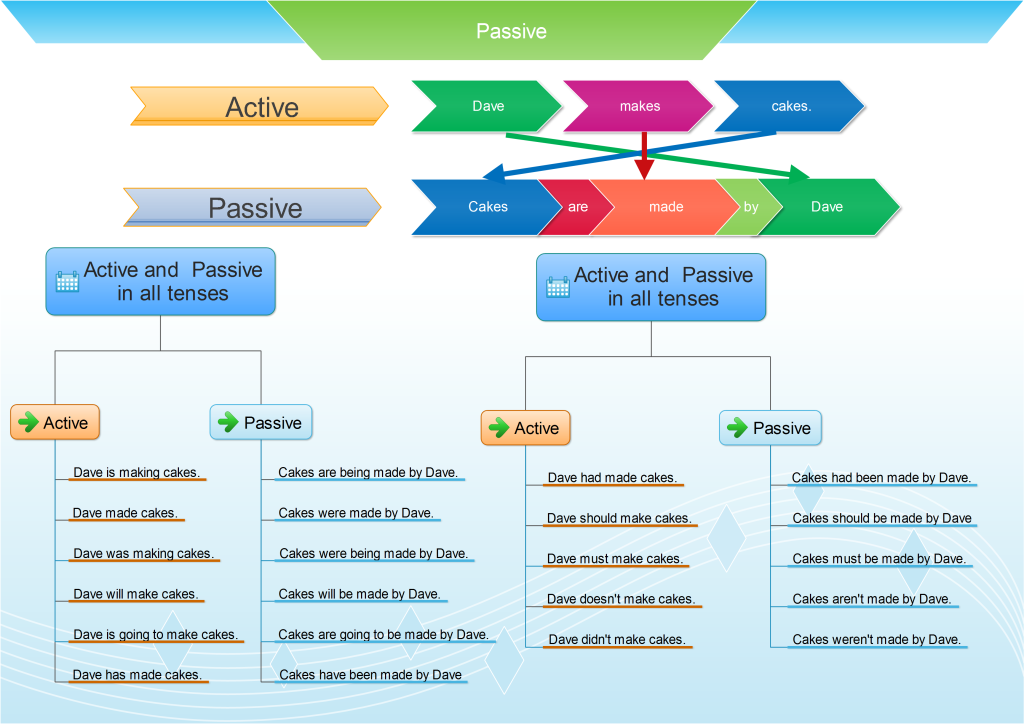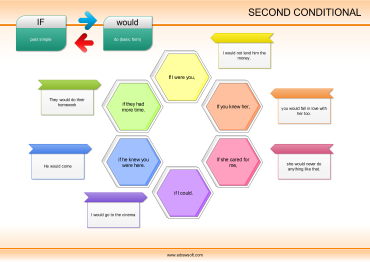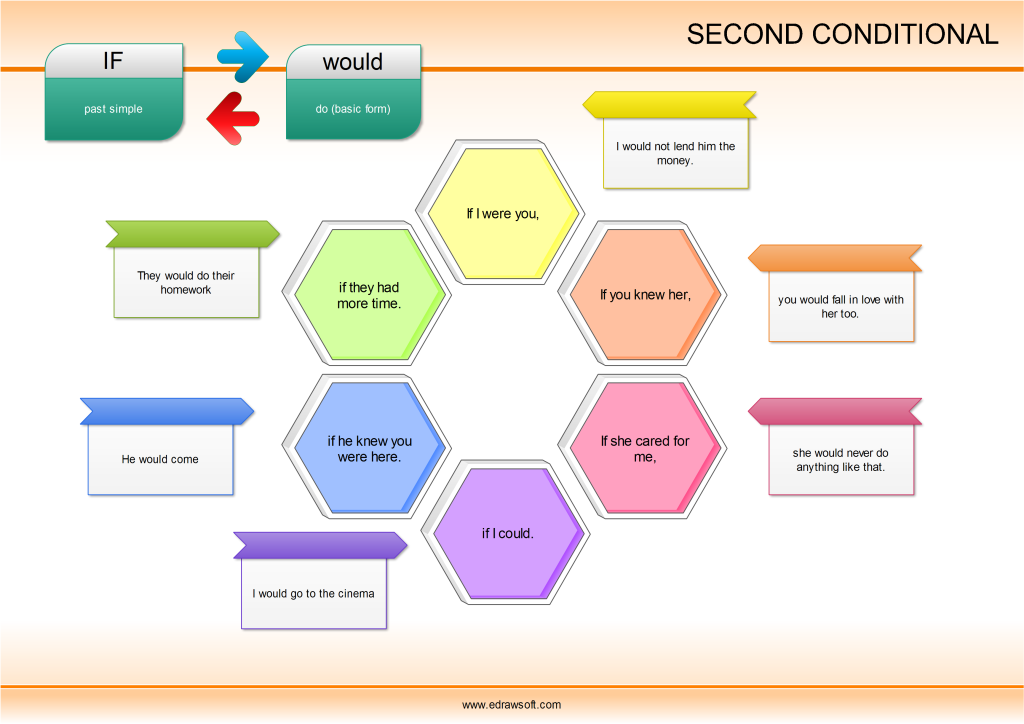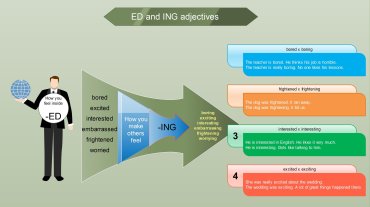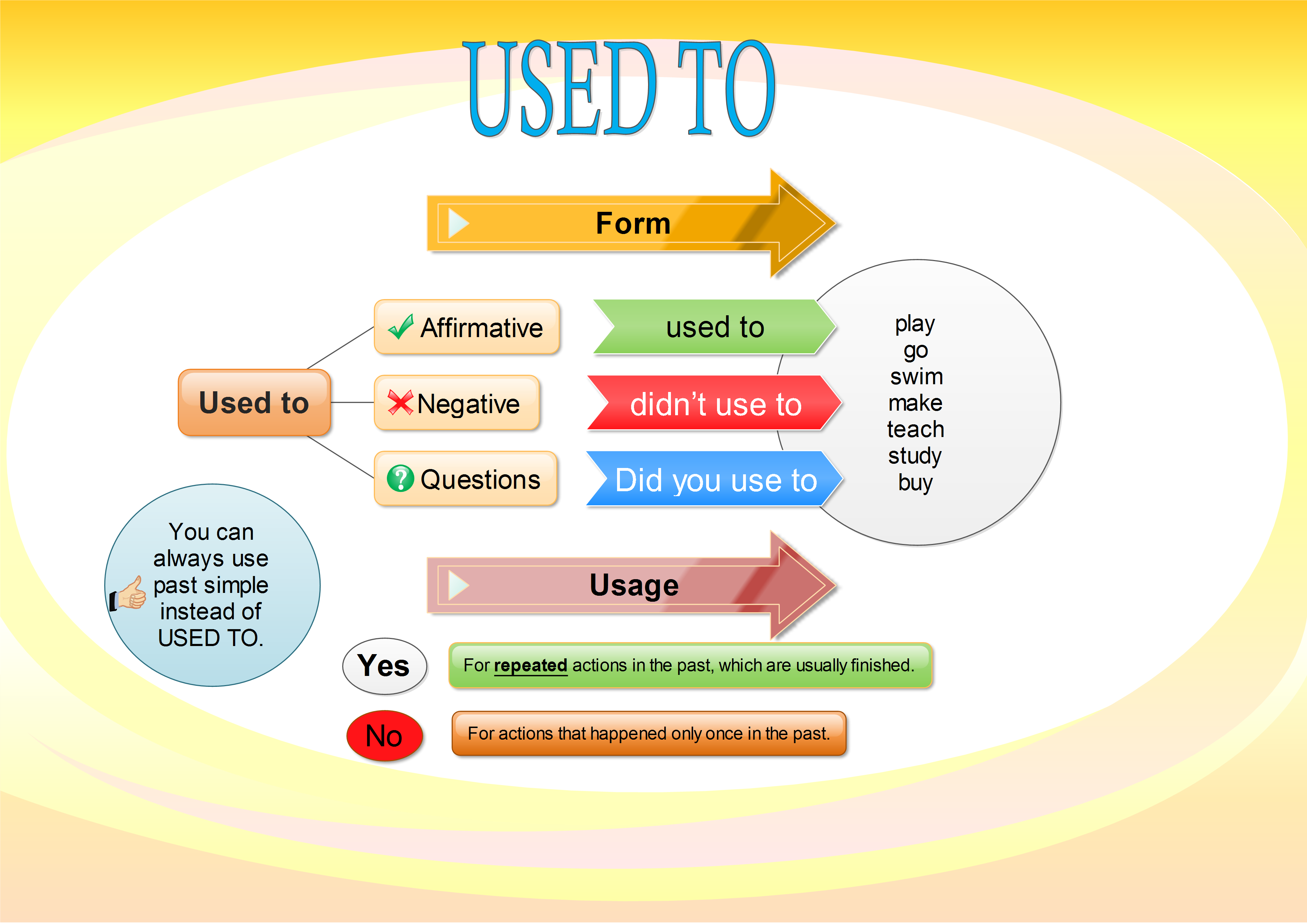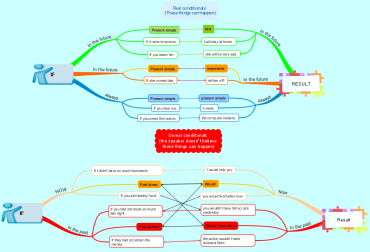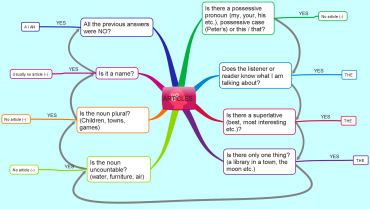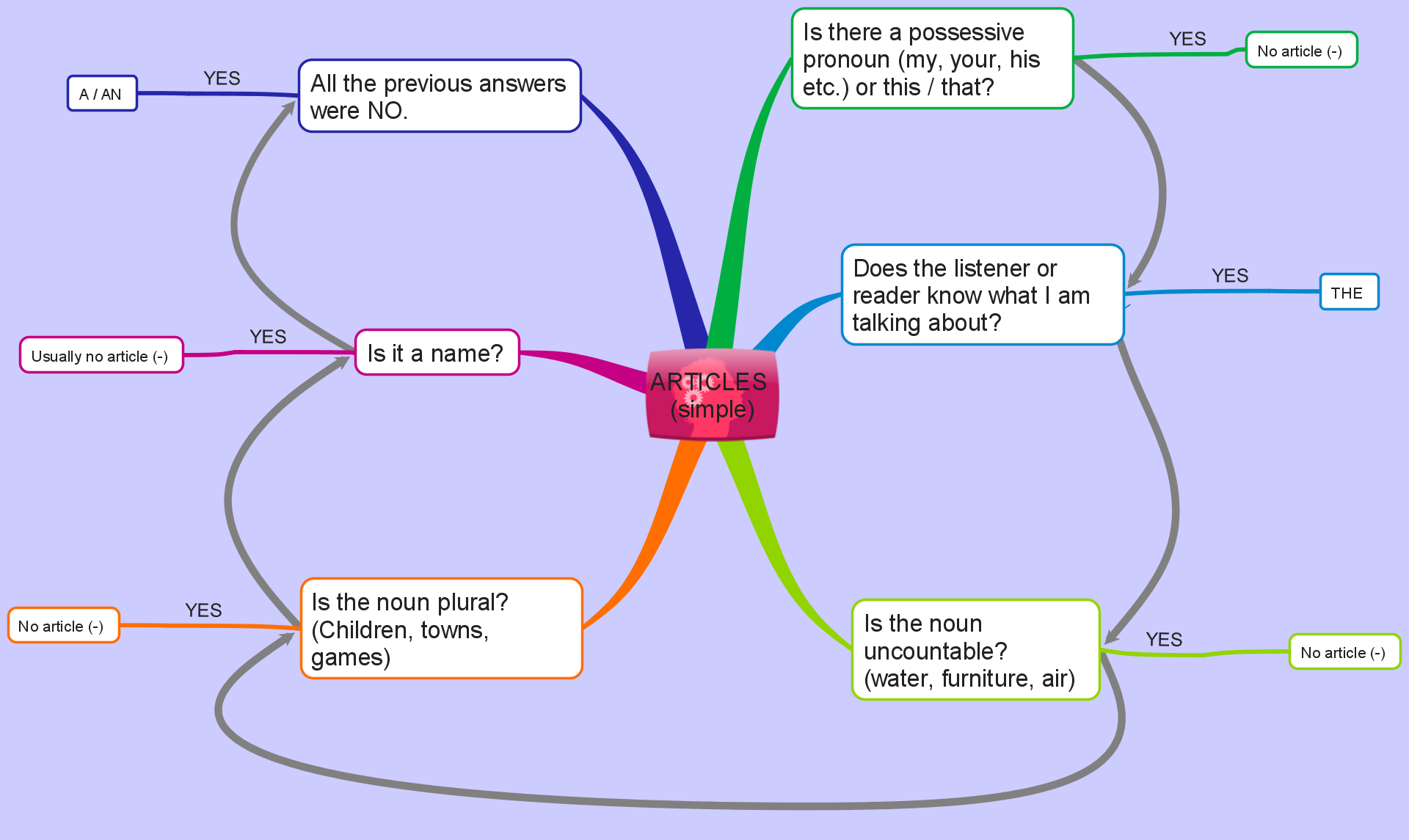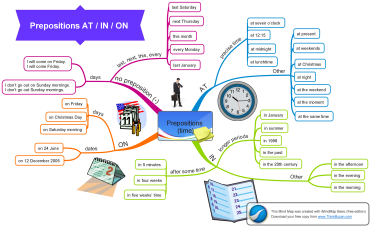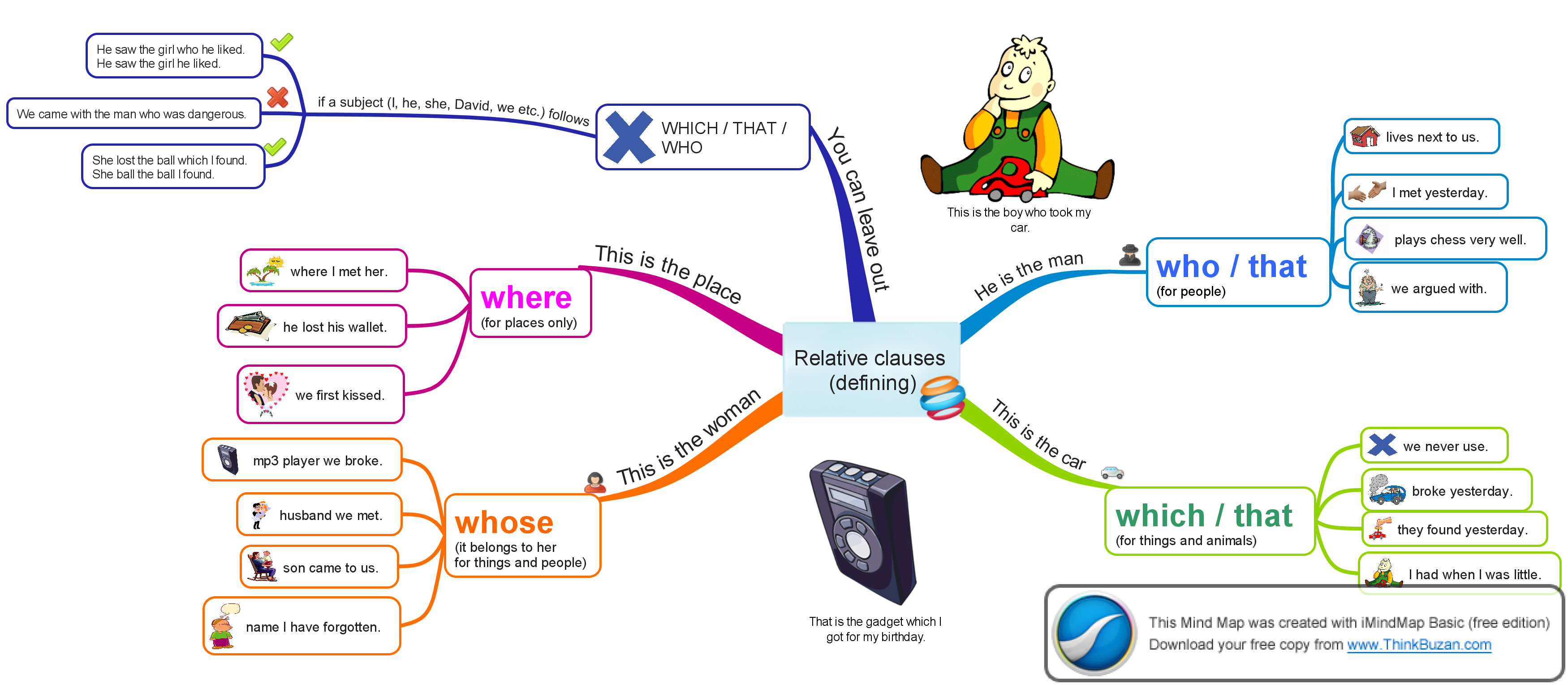In the previous post we could see that verbs usually go with one or more prepositions. In this post we are going to deal with two verbs which can be followed by two different prepositions with different meaning. These verbs are THROW and SHOUT.
ADVERT:
[showmyads]
Both of these verbs can be followed by the prepositions AT or TO but the meaning differs. The differences of meaning are clearly shown in the mind map and at the end of this post there are 2 games to practise these two verbs with their prepositions.
Prepositions – mind map
Prepositions – games
The first game is a HTML5 quiz followed by a Tower Defence game if you pass the test. Good luck
Verbs and prepositions – practise the grammar
The second game is called Teacher Invaders. Your task is to complete the sentences with the prepositions AT and TO and save the planet against the invaders. This game is in Flash and it will not play on mobile devices. Sorry 🙁
Category: English games, Grammar, Intermediate
The greatest thing that can happen to a teacher is the aha! moment when suddenly the students get it. And this happened to me on Thursday. I was teaching the modal verbs of deduction for a hundredth time and suddenly the students could understand it and use it correctly. Wonderful feeling!!!
ADVERT:
[showmyads]
In this post I would like to share all the materials I used in the lesson. There is a mind map and two games. Moreover, for the teachers of English there is a hand out for an activity called pair cards.
Modals of deduction – mind map
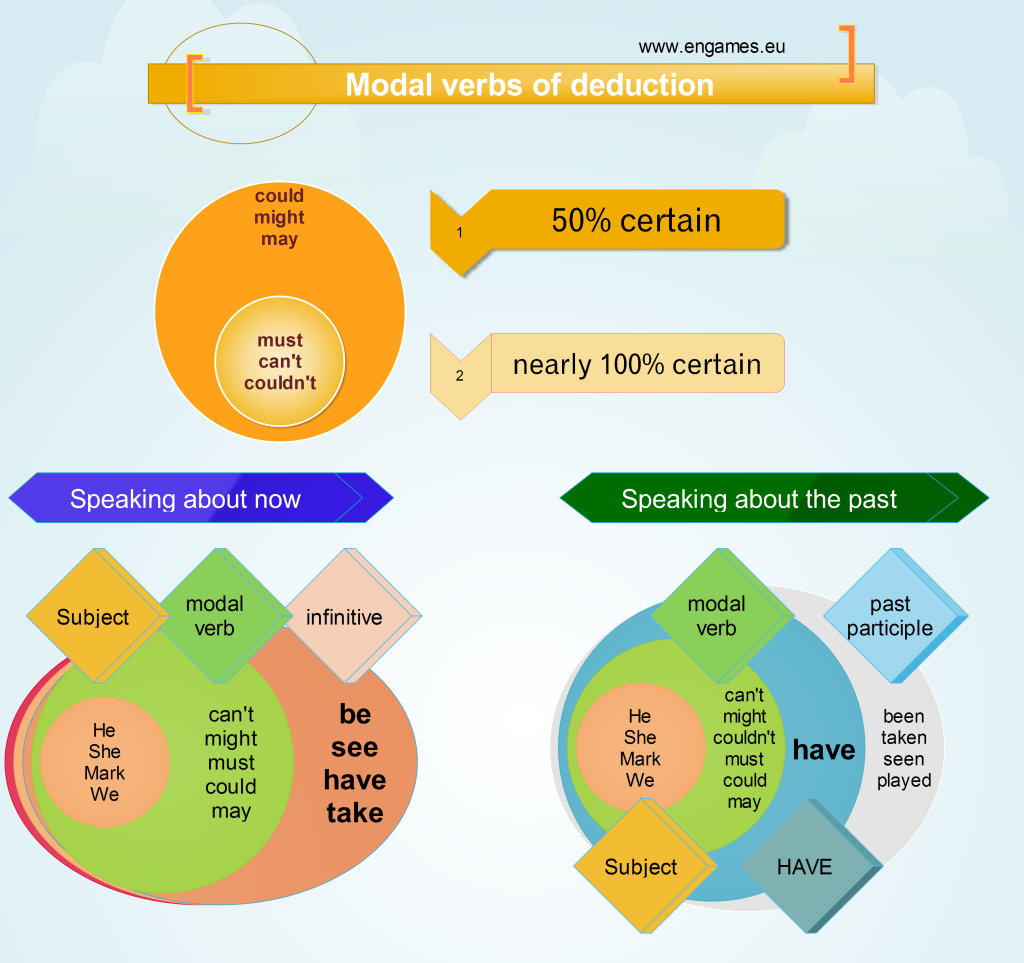
The meaning of the modals is often influenced by the context. These mathematical expressions of the meaning should be understood in context. By these modal verbs the speaker expresses how certain he is about the given thing .
Modals of deduction – games
ADVERT:
[showmyads] In the first quiz you should complete the second sentence is such a way that its meaning will be the same as the first sentence. Sometimes more than one answer is correct however you have to use the modal verbs of deduction all the time. If you pass the test you can try our new game called Tower defence.
In the second quiz you should do the same as in the first one. However, this time if you pass the test, you will be given a chance to play the game Angry finches. Good luck 🙂
Modals of deduction – for teachers
Cut the worksheet into four different cards. Ask the students to work in pairs and give each student one of the cards. Make sure that each student in the pair has a different card.
On each card some sentences are blue and some are white. The blue ones are the correct answers and the white ones are the students’ task.
Students work in pairs and they read their white sentences and complete the one with the gap in such a way that it has the same meaning as the first one. Their partner listens to them and checks their answer in the blue sentences.
Students take turns and go through the whole cards. Students do not write anything! They just read their answers so they can swap the cards and do the same if they get to the end.
Students often use the wrong prepositions. So I have created this post in hope that this short explanation and practise will help them get at least some of the prepositions correct.
ADVERT
[showmyads]
Many teachers claim that students use prepositions incorrectly because of interference from their mother tongue. It is true in many cases but I think it is not the main reason. I believe that students confuse prepositions mainly because these small words often do not hinder communication. Even if students use the prepositions wrongly most of the time, people can still understand them.
In this post students will get a chance to learn some basic nouns + prepositions. To achieve this goal there is a mind map depicting basic nouns + prepositions. Then, there are three games where you can practise what you have learnt in the mind map.
Nouns and prepositions – mind map
ADVERT:
[showmyads]
You have probably noticed that several words are used with more than one preposition. In some cases there is a difference in meaning and in others there are none. Let’s have a look at these words:
Advantage of / in / to – the meaning is the same.
A relationship / a connection / a contact with – with one noun.
A relationship / a connection / a contact between – between two things or people
An attitude to / towards – both have the same meaning.
Nouns and prepositions – game
En Garde game
The third game is called Teacher invaders and your task is to protect your planet against the invaders. And from time to time you have to complete the sentence with a correct preposition.
Many students struggle with reported speech. They feel that there are many rules they have to follow and they often get confused.
In this post I try to simplify the rules about the reported speech (or indirect speech) as much as possible. There is mind map describing the basic rules, a video and two games to practise the grammar.
ADVERT:
[showmyads]
To put it simply, reported speech is used when you start a sentence with an expression like She said or He told me etc. Then you have to move the verbs backwards. Thus you change the present simple tense into past simple. You change the past continuous to past perfect continuous and so on (see the mind map for more details).
Reported speech – video
Reported speech – mind map
First of all, reported speech happens after the reporting verbs (said, told, claimed etc.) in past tense. Then you have to move the original verb from the direct speech. The changes are depicted below.
The most common changes are depicted in the lower part of the mind map. If there are the verbs ARE, IS, WILL, CAN, HAVE or DO in the direct speech, just change them as shown and you do not have to do anything else.
ADVERT:
[showmyads]
Reported speech – games
Download the following pdf file and open it with Acrobat Reader, otherwise the game will not work.
The second game is a quiz. You will see the direct speech and your task is to complete the reported speech sentence correctly. If you pass the quiz you can play the game Indiara. All of these are in HTML5 so they should play on your mobiles without the slightest problem.
Recently I have published a post on giving advice. And our post on modal verbs won the British Council blog award. This post will deal with three ways to express the modal verb SHOULD. The different means are HAD BETTER and OUGHT TO. Both of these have the same meaning as SHOULD.
This grammar point often appears in FCE tests. So if you are planning to take an international certificate in English this post is really important for you.
OUGHT TO – mind map
[showmyads]
Once you learn the three forms correctly you should have no problem with using them. However, remember that SHOULD is much more frequent than either OUGHT TO or HAD BETTER.
SHOULD – games
The second game is a simple quiz. Your task is to complete the second sentence in such a way that it means the same as the first one. However, you have to use the word in the bracket in your answer. There are 16 sentences and if you pass the quiz you will be given a chance to play the game Indiara. Good luck 🙂
Category: English games, Grammar, Intermediate
Phrasal verbs make many students feel hopeless. Even advanced students struggle with them and to be honest, I am not very comfortable with them either. Moreover, they seem very hard to memorise.
That is why I have prepared the following post. There is a story where all the verbs are used. Thus you can see them in context.
ADVERT:
[showmyads]
Then you should read and listen to the story again and complete the mind map with the phrasal verbs from the story.
In the end you can practise the verbs in a quiz.
Phrasal verbs – story
Now answer the comprehension questions in the following game called On target. If you answer the questions correctly you should shoot as many bad ducks as possible. Don’t forget that you can get a bonus if you shoot any of the bottles on the walls. Phrasal verbs – game
Phrasal verbs – mind map
Games
More practice
The other post deals with phrasal verbs from a slightly different point of view. It is called Phrasal verbs separable or non-separable and it explains which phrasal verbs stick together and which can be separated.
For and since are often given as the key words which signal that present perfect tense should be used. It is not 100% true but it makes life easier for elementary and lower intermediate students.
However, sometimes it is difficult for learners to know which word they should use. The rule is simple. FOR is used when we give the length of the time (for three days) and since is used when we give the beginning of the time (since Monday). You can see the graphical explanation of this rule below.
ADVERT:
[showmyads]
In this post you can find an interactive video, where the grammar is explained and tested by the experts from BBC learning English.com, a mind map explaining the difference between FOR and SINCE graphically and a quiz with a game to practise the correct usage of the words For and SINCE.
FOR and SINCE – interactive video
For and SINCE – interactive video
FOR and SINCE – mind map
FOR and SINCE – games
FOR and SINCE – quiz
There are 22 items in this quiz. If you answer more than 60% of all the questions correct (that is not so difficult) you can play the game called Rock, Paper and Scissors. In this game you win if you give a Rock and your opponent scissors, you give a paper and your opponent gives rock and finally, you win if you give scissors and your opponent gives a paper.
SINCE and FOR – fling the teacher game
This game is slightly more difficult as you mustn’t make a mistake to win. You have to answer all the questions correctly to build the machine and fire your teacher 🙂 You can use up to three helps which are displayed on the screen.
There have been many different attempts to explain the difference between the past simple and present perfect tenses to learners of English. I have tried to do this for example in my posts on present perfect basics, Present perfect tense vs Past simple or present perfect infographics.
In the textbook New Inside Out pre-intermediate they try to introduce the concept of “finished” and “up to now” time expressions. I think, it is not a bad way to distinguish between the past simple and present perfect tenses.
ADVERT:
[showmyads]
According to the textbook, finished times are a the expressions which refer to a period or moments that finished in the past and are not connected to the present (for example, yesterday finished several hours ago and this is not connected to now). On the other hand, up to now time expressions refer to periods which are somehow connected to the present time (for example, today is still going on till this moment).
Then the theory is quite simple. If you use a time expression for finished time, use past simple tense. If you use a time expression for up to now time, use present perfect tense.
Present perfect tense – a mind map
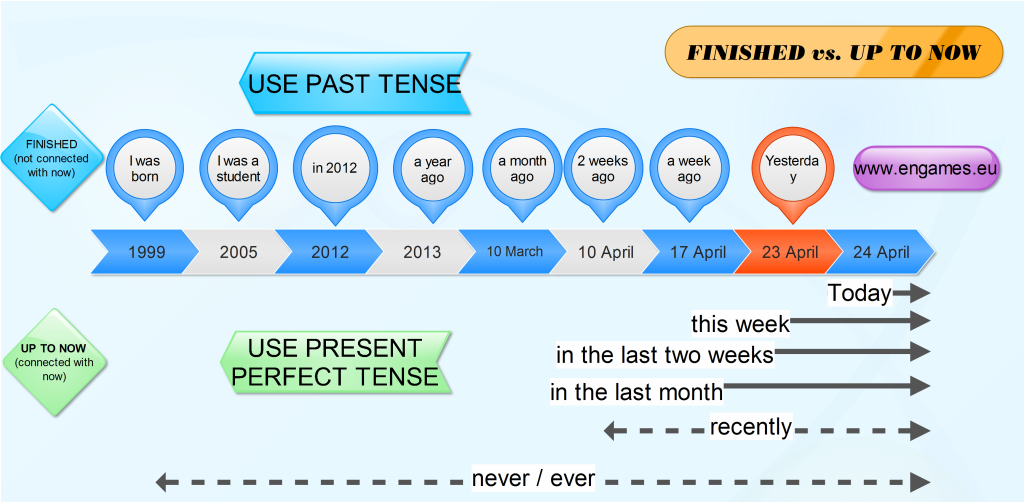
The finished times are just the points on the timeline. On the other hand, the up to now times are connected to the present moment.
Present perfect tense – games
Present perfect tense – quiz and Hot race In the second game your task is to choose the correct option and then if you are successful you should shoot all the bad ducks.
Present perfect tense – On target
English Learning Magazine
At our sister site englishlearningmagazine.com we have published a new text on Prague. There is a text and a quiz to check your comprehension. It is mobile phones friendly, so give it a try.
Students usually understand the usage of the modals in present tense very quickly. However, when they start speaking about the past, they use the present tense or some non-existent forms, like “musted”.
Here I’ve tried to create a simple overview of all the modal verbs and their usage in present and past tenses. I hope you will find it at least a bit useful.
Modal verbs – mind map
ADVERT:
[showmyads]
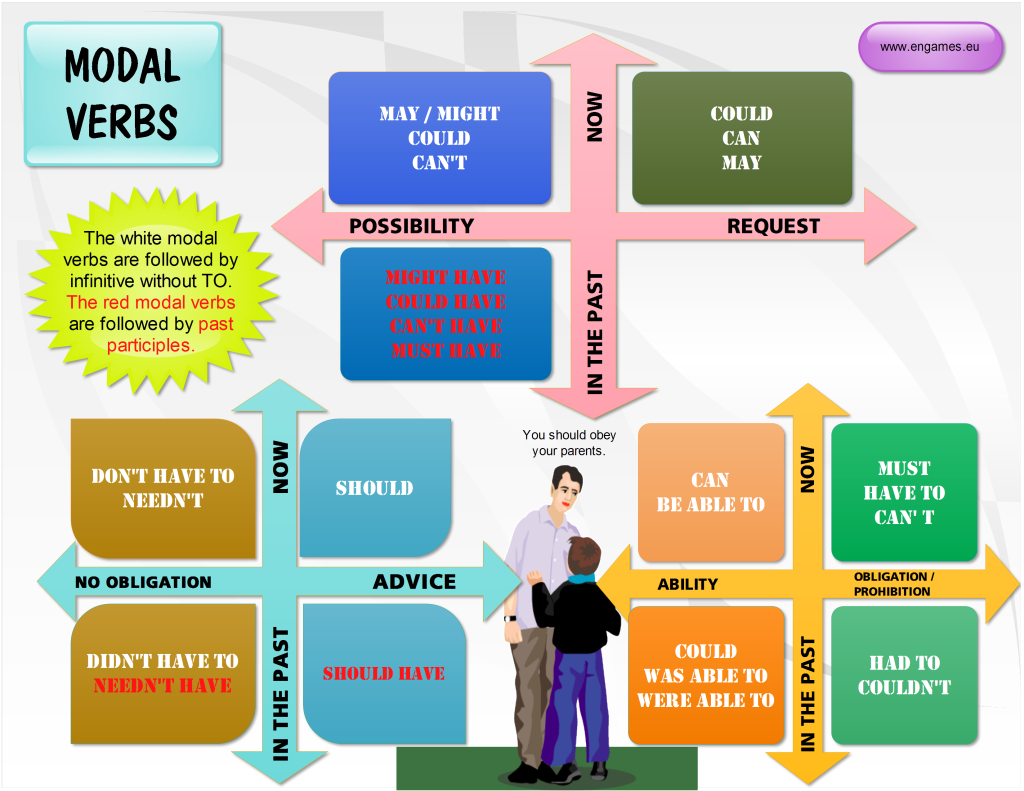
Modal verbs – games
English Learning Magazine
Or you could practise the names of the plants in a post which contains the video with the names of the plants and three tests. Moreover, you can listen to a song and complete its lyrics.
The whole site is mobile phones friendly (unlike this one, where the games play only on desktops).
Enjoy.
Last week I was teaching past perfect in one of my classes and suddenly one of the students exclaimed: “Finally we are learning something new.” And by new she meant useful as well.
I am not sure how useful this tense might be for people who want to speak English but it is certainly very handy for students who want to read in English a lot as past perfect tense comes up quite frequently in reading.
Once again, if you want to use and form past perfect tense correctly you need to know past participles.. If you are not sure about them, follow the link and learn them.
Past perfect – mind map
Advert:
[showmyads]
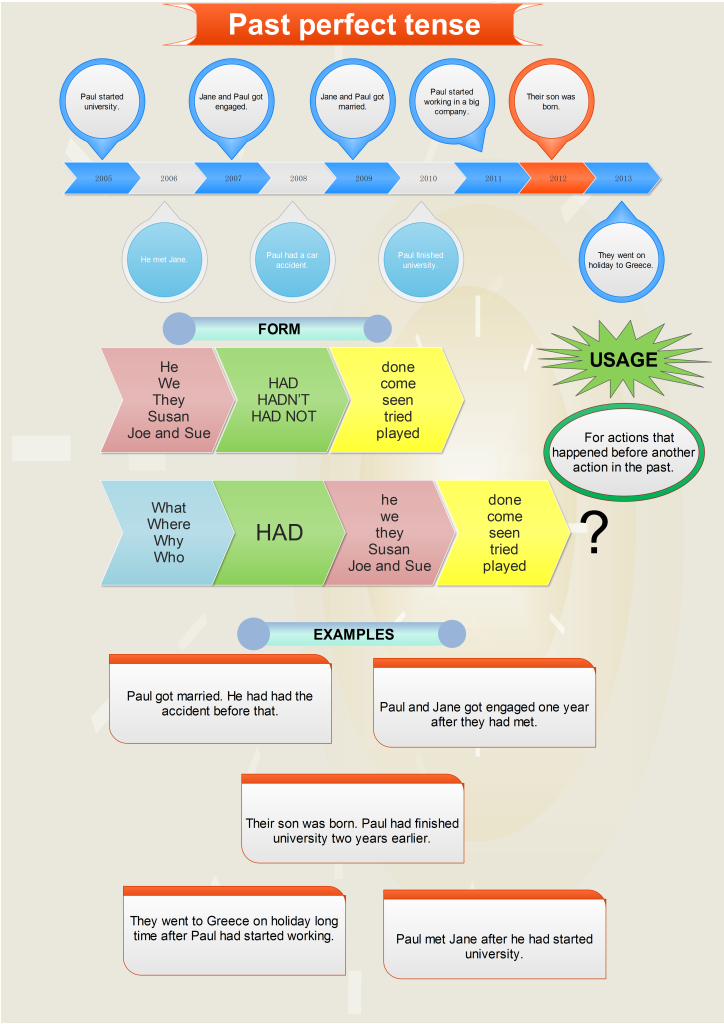
If you think you understand past perfect tense, it is high time to practise the tense in the following exercises and games.
Past perfect – games
And now try the game called penalty. Read each sentence and on the basis of the story above decide which tense should be used. If you choose the correct tense you will be given a chance to kick a penalty.
Past perfect – penalty
This morning I was preparing a presentation for one of my classes on separable and not separable phrasal verbs and suddenly an interesting pattern appeared. It seems that the fact that the particle is separable can be guessed according to the particle that is used. I am not sure whether it works all the time, but it certainly worked for all the phrasal verbs I had to cover with my lower intermediate class.
The rule is quite simple: If the phrasal verb is transitive, it is not separable if there are two particles or the particles AFTER and WITH are used. If there are other particles, the phrasal verbs are separable.
It might seem really complicated but if you have a look at the mind map bellow, it is quite easy.
Phrasal verbs – mind map
[showmyads]
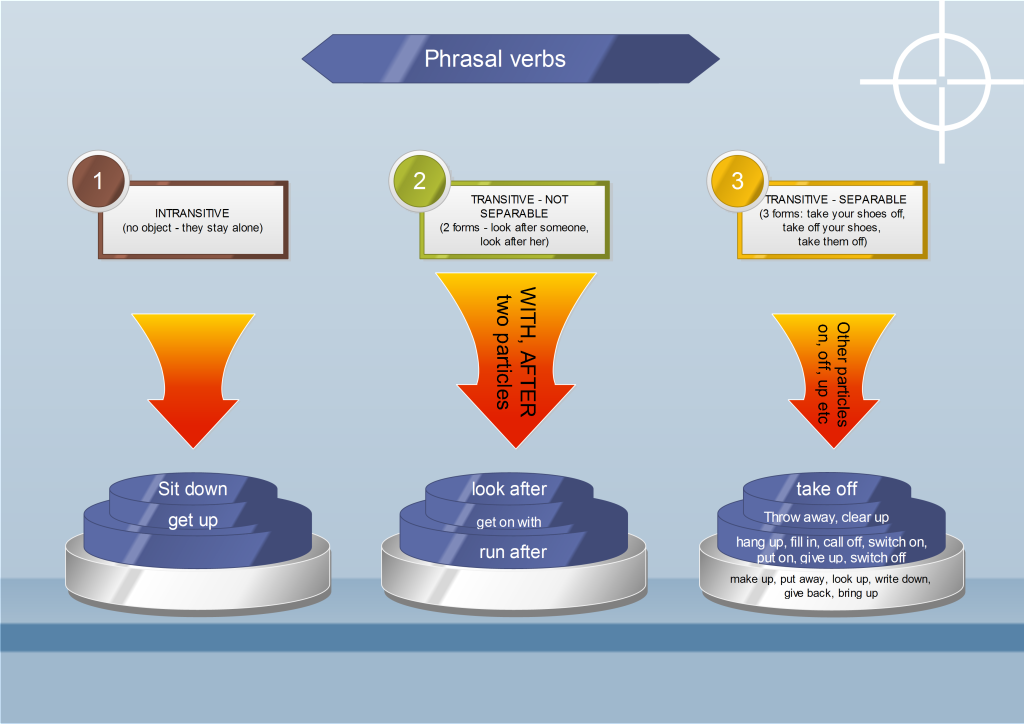
Phrasal verbs – games
The first game is called Darts. Your task is to choose a correct (or incorrect) option and click on it at the moment you think that you will get most points. Click Here to play the game – Phrasal verbs – Darts
The second game is called On target. Once again, your task is to choose the correct or incorrect option and then shoot as many bad ducks as you can.
Click Here to play the game – Phrasal verbs – on TargetPhrasal verbs – Conclusion
Please, let us know what you think about this new rule.
To learn Passive voice it is necessary to know the past participles. If you do not know the past participles go to our post on Past participle and learn the irregular verbs first. Once you do not have any problems with past participles, it is time to learn the Passive voice in English.
Passive voice is used if the subject (the thing before the verb) does not do the action described by the verb. Then you have to insert the verb “TO BE” in the correct form in front of the verb in past participle.
Passive – graphical presentation
ADVERTISEMENT:
[showmyads]
The second graphic clearly shows the usage of passive voice: Your task is to write two sentences under each picture using present simple tense and past simple. The sentences in the first column should be in active voice and the sentences in the second column should be in passive voice.
Passive – games
The first game is a simple online quiz. Try to fill in the verbs in the correct form.
The second game is called Hoop shoot. Once again, choose the correct form and then stop the sliders in the center.
Click Here to play the game – Passive Hoop Shoot
Several weeks ago I published a post on Conditionals. In the post, I tried to cover all the conditionals in one mind map and I think that I succeeded.
However, the post was unnecessarily complicated for lower level students. Therefore I created a simpler one for lower intermediate students who need to know only the second conditional. Here you can see the result.
Second conditional – mind map
The mind map very simply depicts the form and usage of the second conditional.
ADVERTISEMENT:
[showmyads]
In this post, I try to explain what countable and uncountable nouns are. When I speak with native speakers of English they often tell me that the concept of countability in English is absolutely natural. “You simply know which noun is countable and which is not.” However, this natural feeling is nearly impossible to teach.
Based on my experience I have created the following mind map where I try to set some rules to help the learners of English. The rules given here are in no way foolproof but I hope they will help a bit.
In this post you will find the mind map and three game to revise the concept of countability.
Countable or Uncountable – mind map
ADVERT
[showmyads]
[sociallocker id=”4230″] 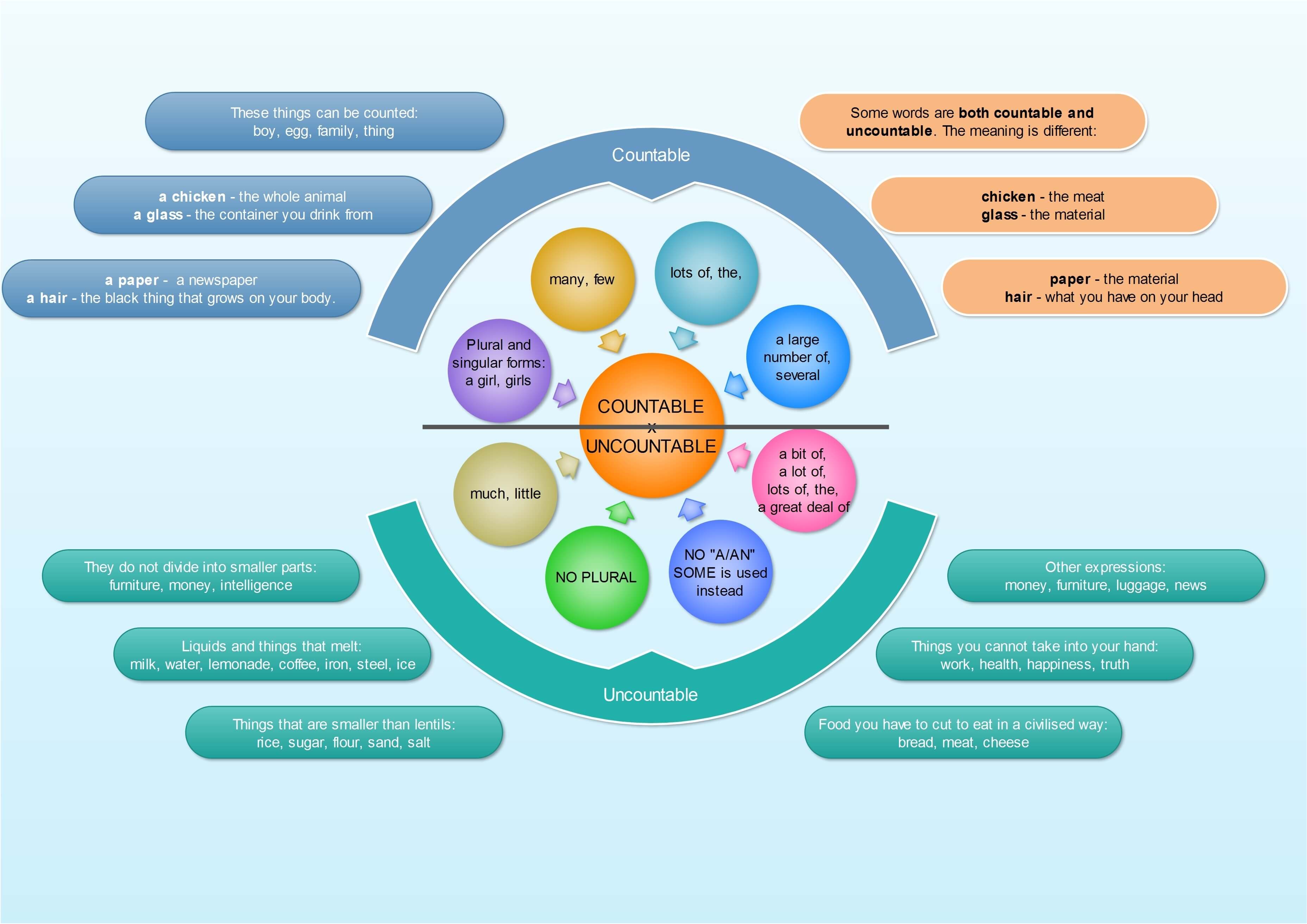 [/sociallocker]
[/sociallocker]
Games to practise countability
Now it is time to test your knowledge in games. The first one is absolutely new. You play the Tetris games and after 4 pieces you have to write whether the noun is Countable (C), Uncountable (U) or Both (B). USE ONLY CAPITAL LETTERS!!!
Countable and uncountable nouns – Tetris game
The second game is incredibly popular in my classes. It is called On Target and you should shoot the bad ducks. You can shoot one of the bottles on the side to get some bonus. The game is in Flash and will play only on desktop computers that have the Flash plugin activated.
Countable and Uncountable – On Target game
The third game is called Penalty Shootout. In this game you should choose the correct answer and then try to score a goal. Good luck.
As the game is in Flash, it will only play on desktop computers with Flash add on activated.
You can find more activities and explanations on this topic at Countable and Uncountable Games.
You can learn the usage of the words HOW MUCH and How MANY here.
This is quite a simple grammar point – adjectives with the endings ed or ing. The more annoying it is when students use the endings incorrectly. In this post you can find a mind map, two games and a BBC presentation on this topic. I hope it will work fine for you and that you will never ever confuse these two endings again.
Adjective endings – mind map
I call it a mind map but in fact it is a graphical explanation of the grammar point which has nothing to do with a mind map.
ADVERT:
[showmyads]
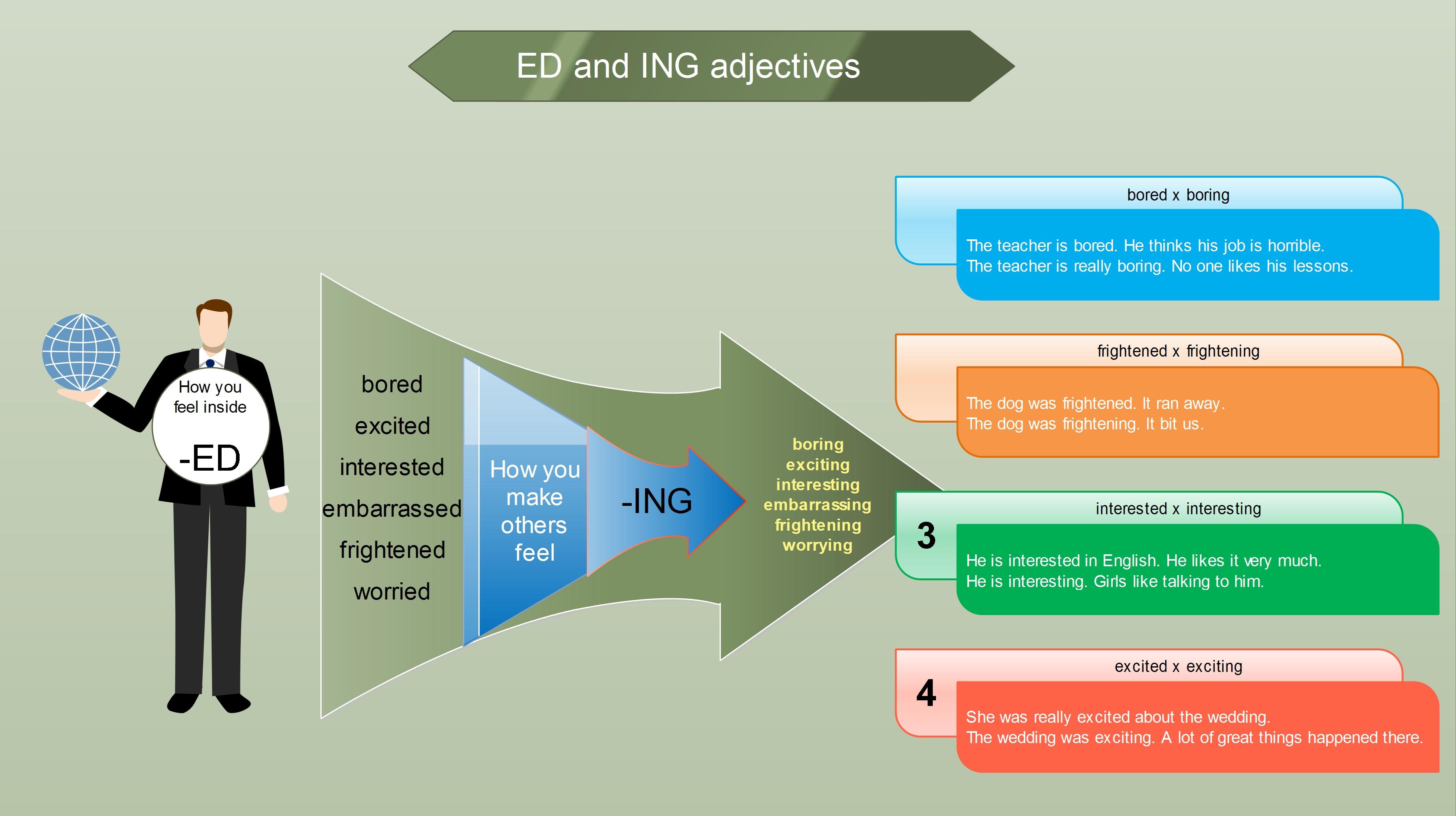
Adjective endings – games
In both of the following games your task is to choose the correct adjective and then shoot 🙂
Adjective endings – On Target game
Adjective endings – Penalty game
Adjective endings – BBC grammar challenge
I have tried to turn the great BBC programme into a video. You can watch the result below. It explains the usage of the grammar.
ADVERT:
[showmyads]
This will be quite a short post. But sometimes easy does it. So, I hope it will be the case.
I would love to explain the usage and form of Used to here. To achieve this I have created the following mind map:
Used to – mind map
In this mind map I try to explain the form and usage of the form USED TO:
Advert:
[showmyads]
Used to – games
There are two simple games to practise the grammar explained above. The first one is called On target. Your task is to choose the correct form to complete the sentences and then you will get a chance to shoot the bad ducks. You have 5 shots but you might win a bonus if you shoot one of the bottles 🙂
Used to – On Target
Used to – Teacher invaders
The second game is called Teacher invaders. Shoot all the invaders and save the Earth. Moreover, your task is to complete each sentence with the correct form of “USED TO”.
There are very few grammar points that I know so well as conditional sentences. Students always ask about them and they appear in tests and students. I have tried many times to explain this grammar, but I feel that I have always failed. I have created about 5 different presentations and three mind maps till I got to this simple one.
Conditionals – mind map
This is the simplest mind map I have managed to create and students say it is fine and they can understand it now. I hope it works the same way for you.
Read the map from the left side. The two arrows in the midle of the map show that the RESULT part can be at the beginning and the IF part at the end.
The horrible mess in the middle of the Unreal conditionals, shows the mixed conditionals, where the IF in the past can have a RESULT NOW. Or where IF now can have a RESULT in the past. I hope you understand.
Conditionals – games
It is very important to understand the grammar rules, but it is even more important to be able to use them correctly. You can try this out in the following games.
The first one is called On Target and your task is to answer the questions and shoot all the BAD ducks. You can get a bonus if you shoot one of the bottles.
The second game is a new one. It is called darts. You should choose the correct answer but then WAIT and click it only at the moment you aim at a high number. It is not as easy as it seems. You can leave your score at the comments section and the winner will get ELM magazine from us.
LIKE US AND FOLLOW US
Do you think we do a good job here? Please go to our Facebook site and like us. Thank you.
Do you think that the materials at this site are useful? Would you like to be first to learn about our new posts? So follow us on TWITTER:
Follow @Zdendaa
As there are no articles in my mother tongue, using them correctly in English is a real challenge. Like many other non-native speakers, I often leave them out or use one too many. And my students do this too.
I have been thinking for years how to teach articles effectively and finally I feel that I found the way. I created a mind map which shows the thinking process you should go through to have the articles correct.
Articles – mind map
There are two mind maps. The first one is simpler and the other is for more advanced students.
The mind maps show the thinking process you should go through to get the articles correct. Start at 1 o’clock and go clockwise.
ADVERTISEMENT
[showmyads]
The following Mind map is for intermediate students:
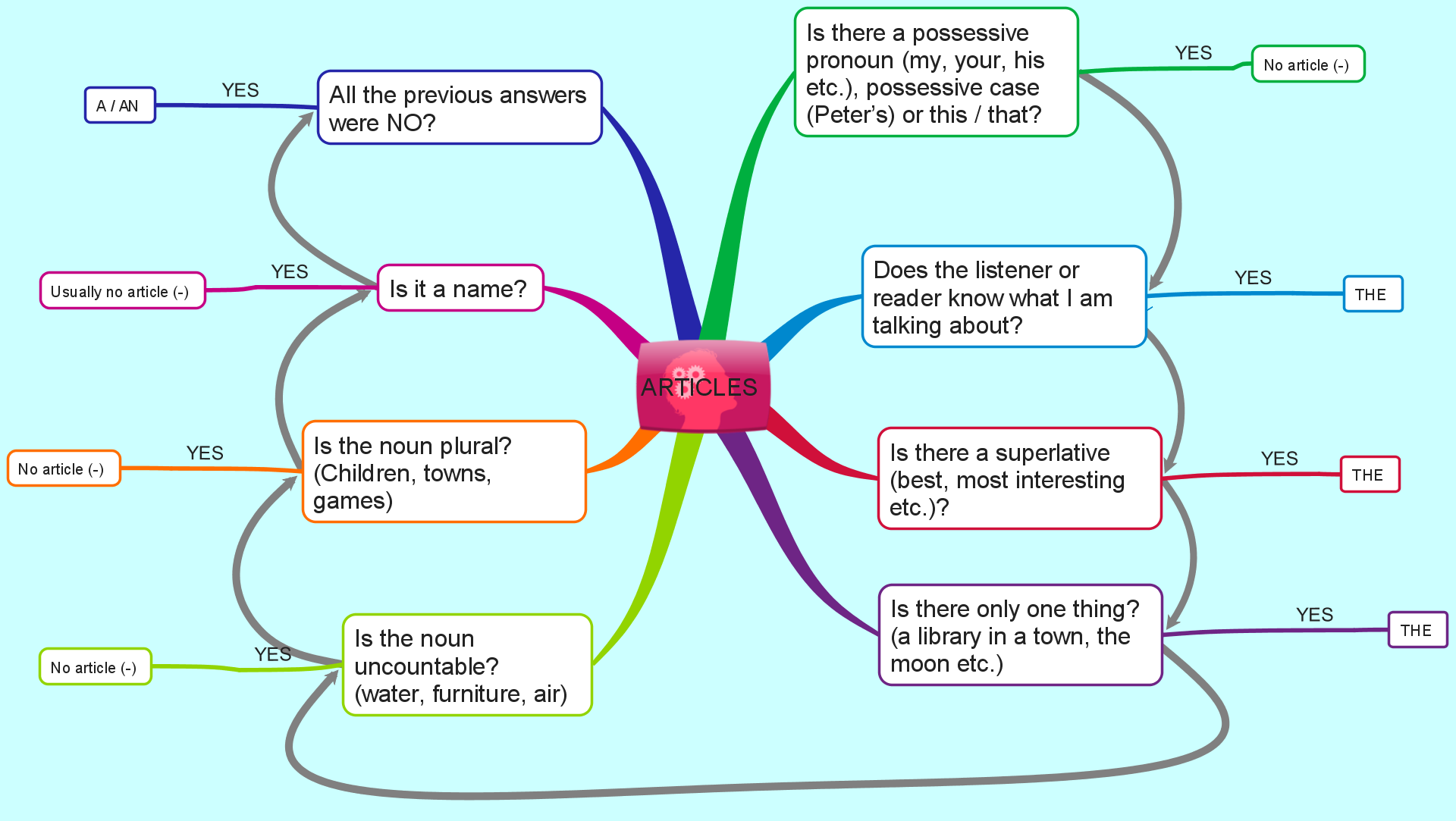
Articles – Video
If you still feel that you need more explanations, you can watch the following video explaining the usage of the definite article “THE”. The recording was prepared by BBC learning English.
Articles – games
For those of you who regularly come to our site there are two new games this time. The first one is a classical game called Who Wants to Be a Millionaire?. You have to answer all the questions correctly to win this game. Good luck!
Articles – Who Wants to be a Millionaire.
The second new game is called Fling the teacher and your task is again to answer all the questions correctly. If you manage to do this you will fire the teacher :-), because you will not need him any more.
The last game is the Penalty game which has been used here several times (eg. for teaching prepositions AT, IN, ON or verb patterns )
Follow us
Do you think that the materials at this site are useful? Would you like to be first to learn about our new posts? So follow us on TWITTER:
Follow @Zdendaa
Many students have problems with the prepositions AT, IN, ON. Prepositions are such small words with nearly the same meaning that it seems that you can use any of them. But that is not true. If you want to sound well, you have to be careful with the prepositions. And believe me, it is not so difficult to use the prepositions AT, IN, ON for time expressions correctly. There are many clear rules and only a few exceptions.
Prepositions AT IN ON for time – mind map
Go through the mind map. Start at 1 o’clock and then go clockwise. There are the rules of usage for the prepositions AT, IN, ON.
At the end of the mind map you will see that if you use the words NEXT, LAST, EVERY or THIS, there is no preposition in front of these words. (You cannot say “ON NEXT FRIDAY”).
ADVERTISEMENT:
[showmyads]
Prepositions AT, IN, ON for time – games
If you want to really learn the prepositions correctly, you should practise them as often as and as much possible. Here there are three games to make your training more enjoyable. In the games there are 48 different phrases with the prepositions AT, IN, ON. If you finish all the games I am confident that you will know the usage of these prepositions fairly well.
The first game is called Teacher invaders. You should shoot all the Invaders and after some time you have to fill in the correct preposition in the sentences. Good luck.
Prepositions AT IN ON – Teacher invaders game.
The second game, HOOP SHOOT, is slightly easier as you have to pick the correct option and then stop the sliders in the center of the basket.
Prepositions AT IN ON – Hoop shoot game.
The third game is a more of a traditional quiz. Read the text and complete it with the prepositions AT IN ON. If you get more than 70% of your answers correct you will get to play the game called Indiara. Good luck!
Prepositions AT IN ON – Cloze test.
Follow us
Do you think that the materials at this site are useful? Would you like to be first to learn about our new posts? So follow us on TWITTER:
Follow @Zdendaa
Category: English games, Grammar, Intermediate
Defining relative clauses are quite easy to understand and use. The name of the grammar sounds horrible but in fact you just need to know when you should use the words “which”, “that”, “who” and “whose”. I like teaching this piece of grammar as the students quickly get the idea and they are able to use it immediately. In this post on defining relative clauses you can find a mind map and three games to practise the grammar point.
Defining relative clauses – mind map
Always read the map clockwise. Start at the top (1 o’clock) go around the mind map.
ADVERTISEMENT:
[showmyads]
Defining relative clauses – games
Now that you understand the theory it is time to try it out in the real world. You can find here three games to practise defining relative clauses. First is called “Penalty”. Your task is to choose the correct option and then to score a goal.
Defining relative clauses – Penalty
The second game is slightly more difficult. It is called En garde and you have to be careful because most of the time you have to choose the option which is NOT correct. However, there are one or two items where you should choose the correct one. So pay attention.
Defining relative clauses – En Garde.
The last exercise might not seem like a game at all. It looks more like a test. You have to fill in the missing words. However, if you manage to get more than 80% of your answers correctly you will get to a page where you can play a game called “Angry finches” as a reward. So give it a try.
Defining relative clauses – Cloze test.
Other games to learn English
By now our site contains a lot of games and mind maps to help you learn English. We think you should try for example the games on present perfect tense or on reported speech.
Other activities worth trying are vocabulary games on Clothes, Christmas or Personal qualities.
Follow us
Do you think that the materials at this site are useful? Would you like to be first to learn about our new posts? So follow us on TWITTER:
Follow @Zdendaa

